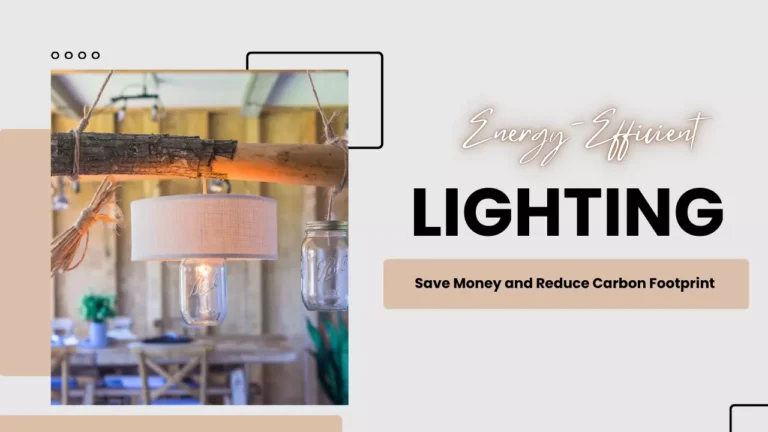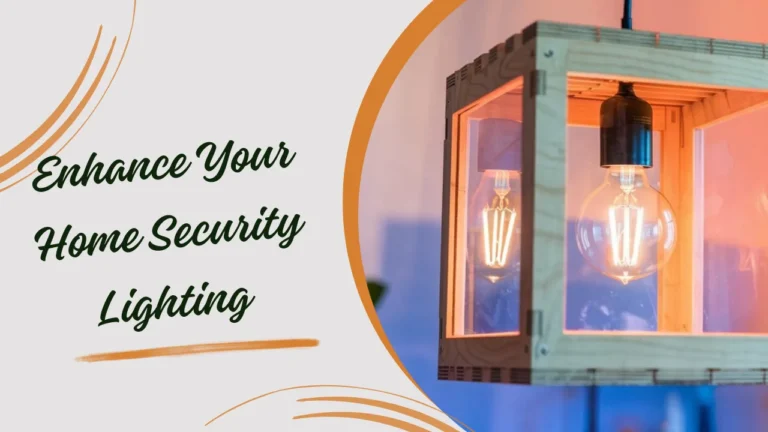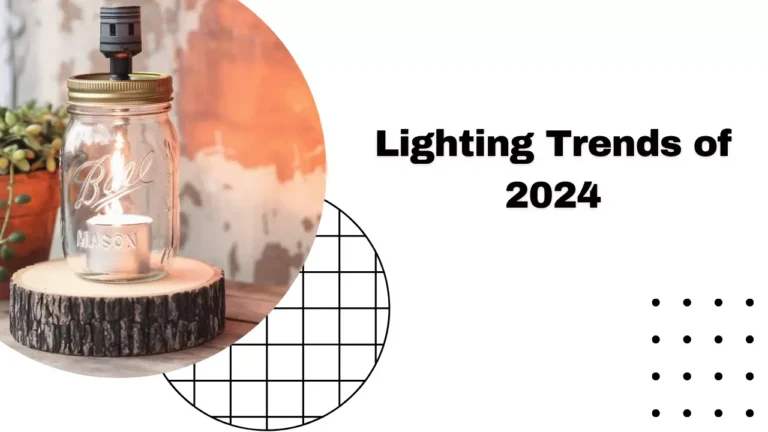Ultimate Guide to Choosing Landscape Lighting
Choosing landscape lighting can be a transformative project for any outdoor space. With the right lights, you can highlight the beauty of your garden, increase safety, and create a warm and inviting atmosphere. This ultimate guide will walk you through everything you need to know to make the best choice for your landscape lighting needs.
1. Understanding the Basics of Landscape Lighting
Types of Landscape Lighting
1.1 Path Lights
Path lights are essential for illuminating walkways, driveways, and garden paths. They enhance safety by guiding visitors and preventing trips and falls. Path lights also add a touch of elegance to your landscape design.
1.2 Spotlights
Spotlights are powerful lights used to highlight specific features like trees, statues, or architectural details. They focus a narrow beam of light on a single point, creating dramatic effects and enhancing visual interest.
1.3 Floodlights
Floodlights provide broad, intense light over larger areas such as driveways, patios, and decks. They are perfect for security purposes, deterring intruders, and ensuring visibility during nighttime activities.
1.4 Inground Lights
Inground lights, or well lights, are installed flush with the ground. They are ideal for uplighting trees, shrubs, or architectural elements. These lights offer a sleek and unobtrusive look while creating stunning light effects.
Light Sources
1.5 LED Lights
LED lights are energy-efficient, long-lasting, and available in various colors and intensities. They are the most popular choice for landscape lighting due to their low energy consumption and minimal maintenance.
1.6 Halogen Lights
Halogen lights provide bright, white light and are often used in spotlights and floodlights. Although they are less energy-efficient than LEDs, they offer excellent color rendering and brightness.
1.7 Solar Lights
Solar lights are eco-friendly and easy to install. They use solar panels to convert sunlight into electricity, making them an excellent choice for path lights and accent lights in sunny areas. However, their brightness and reliability can vary based on sunlight exposure.
2. Planning Your Landscape Lighting Design
Assessing Your Needs
2.1 Identify Key Areas
Begin by identifying the key areas you want to illuminate, such as walkways, driveways, patios, and garden features. Prioritize safety and functionality while considering aesthetic appeal.
2.2 Determine the Purpose
Decide the primary purpose of your lighting: is it for safety, security, aesthetics, or a combination? This will guide your choices in terms of light type, placement, and intensity.
Creating a Layout
2.3 Sketch Your Property
Draw a simple sketch of your property, marking the locations of existing structures, plants, and hardscapes. This will help you visualize where lights can be placed for optimal effect.
2.4 Plan the Wiring
If you opt for wired lights, plan the wiring routes. Consider proximity to power sources and avoid areas where wires might interfere with other elements of your landscape. Hiring a professional can ensure a safe and efficient installation.
Choosing Fixtures and Placement
2.5 Match Styles
Choose fixtures that match your home’s architectural style and the overall theme of your landscape. Coordinating styles can create a harmonious and cohesive look.
2.6 Layering Lights
Use a combination of different light types and techniques to create layers of light. This adds depth and dimension to your landscape, highlighting various features and creating a balanced illumination.
3. Installation and Maintenance Tips
DIY vs. Professional Installation
3.1 DIY Installation
For simple projects like installing solar path lights, a DIY approach can be cost-effective and satisfying. Make sure to follow the manufacturer’s instructions and local electrical codes.
3.2 Professional Installation
For more complex projects, such as wiring multiple fixtures or installing inground lights, hiring a professional is advisable. A certified electrician can ensure a safe and reliable installation, avoiding potential hazards.
Maintenance Tips
3.3 Regular Cleaning
Keep your fixtures clean to ensure maximum light output and longevity. Remove dirt, debris, and any obstructions regularly. Clean lenses with mild soap and water to maintain clarity.
3.4 Check for Damage
Inspect your lighting system periodically for signs of wear and tear, such as frayed wires or burnt-out bulbs. Promptly replace damaged components to prevent further issues and maintain the system’s performance.
4. Advanced Landscape Lighting Techniques
Uplighting and Downlighting
4.1 Uplighting
Uplighting involves placing lights at ground level to shine upwards. This technique is perfect for highlighting trees, statues, and architectural features, creating dramatic and eye-catching effects.
4.2 Downlighting
Downlighting, or moonlighting, places lights high up in trees or structures to cast light downwards. It mimics natural moonlight and provides a soft, ambient glow, ideal for seating areas and pathways.
Shadowing and Silhouetting
4.3 Shadowing
Shadowing involves placing a light source in front of an object to cast interesting shadows on a backdrop. This technique adds depth and visual intrigue, especially when used with trees or sculptures.
4.4 Silhouetting
Silhouetting places a light source behind an object, creating a dark outline against a brighter background. This dramatic effect works well for showcasing distinctive shapes and forms in your landscape.
Grazing and Washing
4.5 Grazing
Grazing involves placing lights close to a textured surface, such as a stone wall or tree bark, to highlight its texture and create striking contrasts. This technique emphasizes the unique characteristics of surfaces.
4.6 Washing
Washing spreads light evenly over a wide surface, creating a soft and diffused illumination. It’s ideal for highlighting low shrubs, flower beds, and walls, providing a gentle and consistent glow.
5. Environmental Considerations
Energy Efficiency
5.1 LED Benefits
Choosing LED lights significantly reduces energy consumption and lowers utility bills. LEDs also have a longer lifespan, reducing the frequency of replacements and contributing to environmental sustainability.
5.2 Solar Power
Solar-powered lights are an excellent eco-friendly option. They harness renewable energy from the sun, reducing reliance on conventional electricity sources. However, their performance may be affected by weather conditions and location.
Light Pollution
5.3 Dark Sky Compliance
Opt for fixtures that minimize light pollution by directing light downwards and avoiding excessive brightness. Dark sky-compliant lighting helps protect nocturnal wildlife and preserves the natural night environment .
5.4 Timers and Sensors
Install timers and motion sensors to control when your lights turn on and off. This not only conserves energy but also reduces unnecessary light exposure, contributing to a more sustainable lighting system .
6. Budgeting and Shopping Tips
Setting a Budget
6.1 Determine Your Budget
Establish a budget before shopping for landscape lighting. Consider the cost of fixtures, installation, and ongoing maintenance. Allocating a specific amount for each component helps in making informed decisions.
6.2 Compare Prices
Shop around and compare prices from different retailers. Look for sales, discounts, and bundles to maximize your budget. Sometimes, investing in higher-quality fixtures can save money in the long run due to their durability and performance.
Choosing Quality Fixtures
6.3 Material Matters
Select fixtures made from durable materials such as stainless steel, brass, or copper. These materials resist corrosion and withstand outdoor elements better than cheaper alternatives like plastic.
6.4 Check Reviews
Read reviews and ratings from other customers to gauge the quality and reliability of the products. Reputable brands often have better customer support and warranties, providing peace of mind for your investment .
Conclusion
Choosing landscape lighting involves understanding various lighting types, planning a cohesive design, and considering installation and maintenance. By following these guidelines, you can create a stunning and functional outdoor space that enhances the beauty and safety of your home. Remember to prioritize energy efficiency and sustainability to enjoy your illuminated landscape for years to come.







